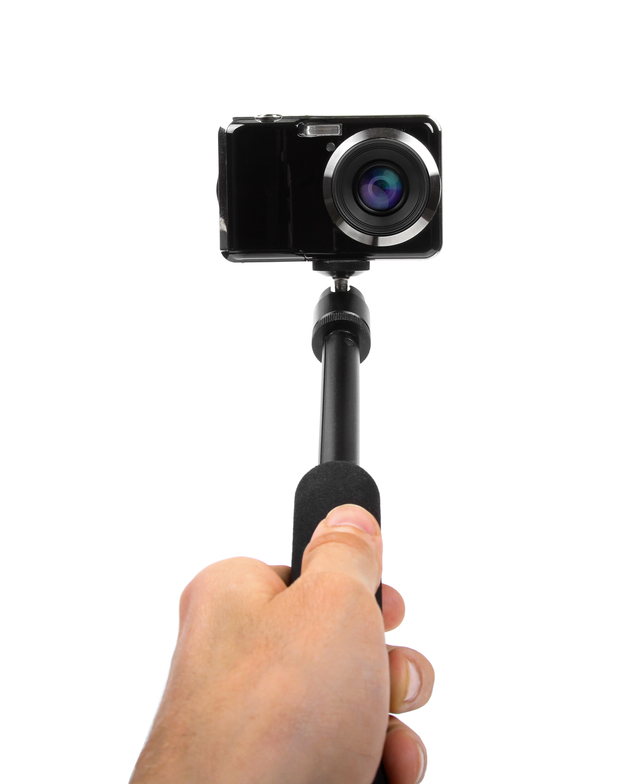Good writers use their notebooks as they would a camera. They change their distance from their characters and change the angles they use to describe a scene. They shift their focus back and forth to capture both landscape and character. They write cinematically.
Here are some standard camera angles to help you create a variety of effects:
- Aerial view: Look down upon the world, as if you were standing atop a skyscraper or viewing the ground from a blimp: Example: “Hundreds and hundreds of black South African voters stood for hours on long, sandy serpentine lines waiting to cast their ballots for the first time.”
- Establishing shot: Stand back to capture the setting in which the action will take place, describing the world that the reader is about to enter: “Within seconds, as dusty clouds rose over the school grounds, their great widths suggesting blasts of terrifying force, bursts of rifle fire began to sound, quickly building to a sustained and rolling roar.”
- Middle distance: Move closer to the action, getting close enough to see the key players and their interaction. This is the common distance for most news stories. “Scores of hostages survived, staggering from the school even as intense gunfire sputtered and grenades exploded around them. Many were barely dressed, their faces strained with fear and exhaustion, their bodies bloodied by shrapnel and gunshots.”
- Close-up: Get close enough to detect anger, fear, dread, sorrow, irony–the full range of human emotions–in the faces of those you are writing about. “His brow furrowed and the crow’s feet deepened as he struggled to understand … The man pulled at the waistband of his beige work pants and scratched his sun-aged face. He stared at her, stalling for time as he tried to understand, but afraid to say he didn’t.”
- Extreme close-up: Focus on an important detail that would be invisible from a distance: the pinky ring on the mobster’s finger, the date circled on the wall calendar, the can of beer in the cop’s hand. “The hand of the cancer-care nurse scooped the dead angel fish out of the office aquarium. Patients at this clinic had enough on their minds. They didn’t need another reminder of mortality.”
Taken from The Writer’s Workbench: 50 Tools You Can Use, a self-directed course by Roy Peter Clark at Poynter NewsU.
Have you missed a Coffee Break Course? Here’s our complete lineup.







